
Carmel-by-the-Sea, commonly known simply as Carmel, is a city in Monterey County, California, located on the Central Coast of California. As of the 2020 census, the town had a total population of 3,220, down from 3,722 at the 2010 census. Situated on the Monterey Peninsula, Carmel is a popular tourist destination, known for its natural scenery and rich artistic history.
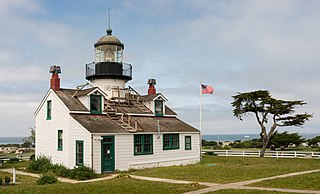
Pacific Grove is a coastal city in Monterey County, California, in the United States. The population at the 2020 census was 15,090. Pacific Grove is located between Point Pinos and Monterey.

Del Monte Forest is a census-designated place (CDP) in Monterey County, California, United States. As of the 2020 census, the CDP had a total population of 4,204, down from 4,514 at the 2010 census. The census area includes the separate well-known community of Pebble Beach.

Pebble Beach is an unincorporated community on the Monterey Peninsula in Monterey County, California, United States. The small coastal residential community of mostly single-family homes is also notable as a resort destination, and the home of the golf courses of Cypress Point Club, Monterey Peninsula Country Club, and Pebble Beach Golf Links. Nonresidents are charged a toll to use 17-Mile Drive, the main road through Pebble Beach, making it a de-facto gated community.
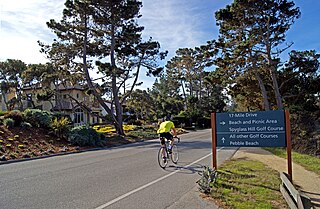
17-Mile Drive is a scenic road through Pebble Beach and Pacific Grove on the Monterey Peninsula in California, much of which hugs the Pacific coastline and passes famous golf courses, mansions and scenic attractions, including the Lone Cypress, Bird Rock and the 5,300-acre Del Monte Forest of Monterey Cypress trees.
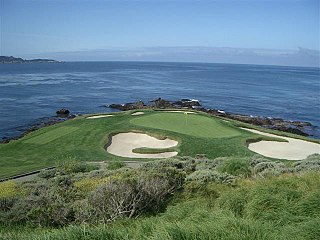
Pebble Beach Golf Links is a public golf course on the west coast of the United States, located in Pebble Beach, California.

Samuel Finley Brown Morse was an American environmental conservationist and the developer of Pebble Beach. He was known as the Duke of Del Monte and ran his company from the 1919 until his death in 1969. Originally from the eastern United States, Morse moved west and fell in love with the Monterey Peninsula, eventually owning and preserving vast acreage while also developing golf courses and The Lodge at Pebble Beach.
Rancho Los Laureles was a 6,625-acre (26.81 km2) Mexican land grant in present-day Monterey County, California given in 1839 by Governor Juan Alvarado to José Manuel Boronda and Vicente Blas Martínez. Los Laureles refers to the California Bay Laurel tree. The grant extended along the Carmel River and the Carmel Valley, was bounded to the east by the Rancho Tularcitos and Rancho Los Laureles (Ransom) on the west, and encompasses present day Carmel Valley Village.

David Jacks was a powerful Californian landowner, developer, and businessman. Born in Scotland, he emigrated to California during the 1849 Gold Rush, and soon acquired several thousand acres in and around Monterey, shaping the history of Monterey County in the first decades of American possession. He is also credited as being the first to market and popularize Monterey Jack cheese. He was born David Jack, but took to spelling his last name "Jacks" once in California.
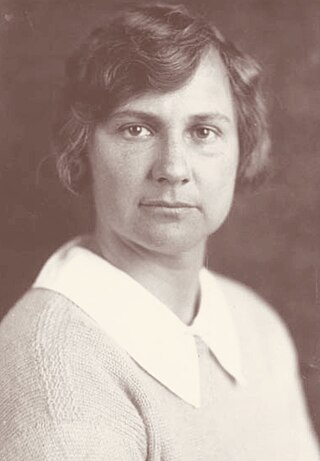
Marion B. Hollins was an American amateur golfer. She is known as an athlete and as a golf course developer, one of the only known female golf course developers in history. She won the 1921 U.S. Women's Amateur and was runner-up in 1913. She also had many other amateur wins. She was the captain of the first U.S. Curtis Cup team in 1932.

The Pacific Improvement Company (PIC) was a large holding company in California and an affiliate of the Southern Pacific Railroad. It was formed in 1878, by the Big Four, who were influential businessmen, philanthropists and railroad tycoons who funded the Central Pacific Railroad, (C.P.R.R.). These men were: Leland Stanford (1824–1893), Collis Potter Huntington (1821–1900), Mark Hopkins (1813–1878), and Charles Crocker (1822–1888). They owned the company, each with 25% interest. Archived records date from 1869 to 1931.
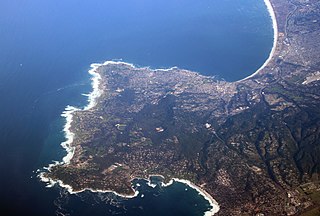
The Monterey Peninsula anchors the northern portion on the Central Coast of California and comprises the cities of Monterey, Carmel, and Pacific Grove, and the resort and community of Pebble Beach.
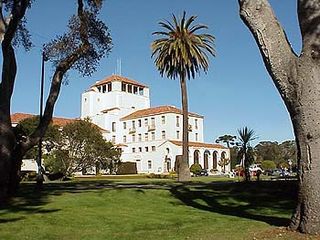
The Hotel Del Monte was a large resort hotel in Monterey, California, from its opening in 1880 until 1942. It was one of the finest luxury hotels in North America. During World War II, it closed and the building was leased to the United States Navy. It first was used by the Navy as a school where enlisted men spent the second, third, and fourth months of an 11-month course being trained as electronic technicians. Later the Hotel Del Monte became the Naval Postgraduate School.

Mission Ranch is a historic hotel and restaurant in Carmel, Monterey County, California, United States. It is located in the unincorporated Mission Tract south of the incorporated city of Carmel-by-the-Sea, near the Carmel Mission, at 26270 Dolores Street. The property was bought in 1986 by Clint Eastwood, who restored the premises in the style of the original buildings. The hotel has 31 rooms located within ten buildings on the property.
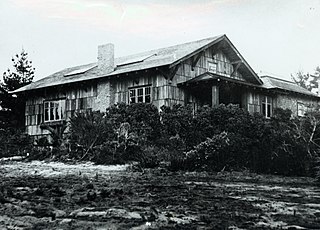
The Carmel Arts and Crafts Club was an art gallery, theatre and clubhouse founded in 1905, by Elsie Allen, a former art instructor for Wellesley College.
The Carmel Development Company was a real-estate development company that operated in Carmel-by-the-Sea, California from 1902 to 1965. It was developed by James Franklin Devendorf and Frank Hubbard Powers in 1902. Powers provided the capital and did the legal work of the corporation. Devendorf was the general manager and oversaw subdividing and developing the land. Between 1900 and 1910 the Carmel Development Company purchased parcels of land.
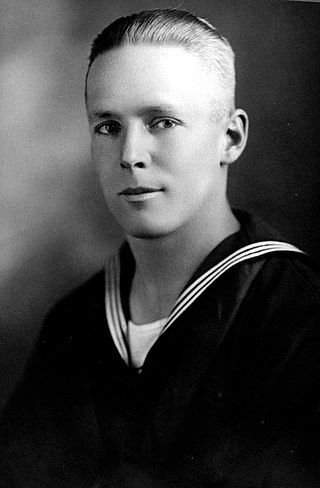
Ernest Seraphin Schweninger was an American actor, realtor, and grocer in Carmel-by-the-Sea, California. He became owner of Carmel's first Bakery and the Schweninger's Grocery Store. Schweninger was a founding member of the Carmel American Legion Post No. 512 and the Abalone League. He appeared in many of the early plays at the Forest Theater and Theatre of the Golden Bough. He became a partner and sales manager for the Carmel Land Company that helped develop Hatton Fields, southeast of Carmel-by-the-Sea.

Franklin Benjamin Porter, was a pioneer businessman and real estate developer of Monterey Peninsula. In 1926, he launched the first residential subdivision in Carmel Valley, California that became Robles del Rio, California. Porter went on to develop other properties in the valley including the Robles del Rio Lodge, Robles del Rio Carmelo Water Company, and the Hatton Ranch in Carmel Valley.
John B. Jordan, was an American hotelier, actor, and politician. In 1922, Jordan purchased the Pine Inn in Carmel-by-the-Sea, California. Jordan was a figure in both politics and theater. His involvement included an eight-year tenure on the city council, a two-year stint as mayor, and roles as a director for both the Forest Theater and the Carmel Arts and Crafts Club.



















